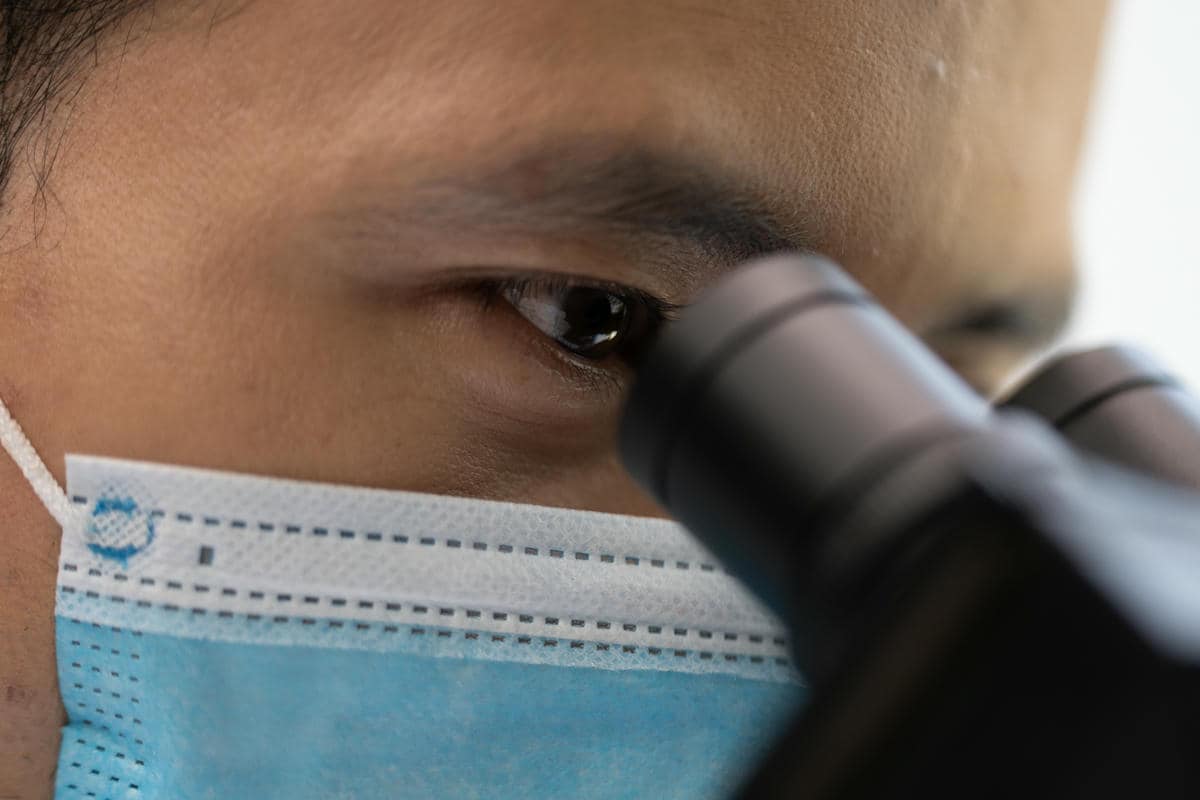Having trouble seeing clearly? Cataract could be to blame. Cataracts are a type of visual clouding that is more commonly found in elderly people. It continues and grows in size over time, so you won’t notice until it starts to obscure your eyesight. However, Cataract surgeons can readily repair this with a simple surgical operation. …
Having trouble seeing clearly? Cataract could be to blame. Cataracts are a type of visual clouding that is more commonly found in elderly people. It continues and grows in size over time, so you won’t notice until it starts to obscure your eyesight. However, Cataract surgeons can readily repair this with a simple surgical operation. Everything you need to know is essentially, listed below:
Symptoms – How to spot whether you could have Cataract:
- Clouding of Vision
- Increasing difficulty of vision at night
- Having double vision
- Glare coming from light
- Fading of colours you see

Cost of Cataract surgery in Singapore
The cost of cataract surgery varies in Singapore. The expenses vary depending on the doctor’s skill, the severity of the cataract, and the numerous methods of eye surgery. The patient’s medical history is also important. The following is an estimate of the cost in Singapore:
| Service | Estimated Cost |
|---|---|
| Cataract Eye Examination (Pre-operative) | $80 to $200 per visit |
| Cataract Surgery | $3,000 to $12,000 per eye |
| Post Surgery Medication | $100 to $300 |
| Post Surgery Review | $50 to $200 |
Can I use Medisave to pay? Yes. However the maximum amount claimable by Medisave is up to $2,450 per eye. The rest has to be paid by insurance or cash. Most insurance policies do not cover cataract surgery, hence one has to make sure of their insurance policy coverage.
Types of Cataract
Cataracts come in many different types. Among them are:
Nuclear Cataract:
This type of cataract forms in the centre of the lens, causing blurring and glare. This form of cataract is frequently linked to advancing age. Our eyes’ lenses are comprised of a translucent protein known as ‘crystallin.’ Crystallin proteins clump together when people get older and are exposed to more UV rays. These proteins do not degrade and remain clumped together. The lens of our eyes hardens and yellows over time. While this is normal, it grows heavily yellow and causes vision obstruction.

Cortical Cataracts:
As the name implies, it develops and appears first at the eye’s cortex (edges) and then forms streaks at the nucleus’s outer region. It gradually moves to the centre of the eyes, interfering with the passage of light through the lens.
Posterior Capsular Cataracts:
This type of cataract develops significantly more quickly than the previous two varieties. It develops toward the back of the lens and can coexist with other types of cataracts. Furthermore, when we stare at light, it can cause us to see ‘halos.’
Congenital Cataracts:
Although most cataracts are associated with age, this does not mean that they do not occur in children. Though uncommon, congenital cataracts is a birth defect in the eye that can affect one or both eyes due to genetics. Additionally, there is a risk of developing cataracts during childhood.
Traumatic Cataracts:
Blurred vision can also be caused by a blunt, penetrating trauma. This trauma is the result of eye injuries. The cataract may take years to form and may not appear immediately after the injury.
Radiation Cataracts:
Due to the long duration of chemotherapy and radiotherapy, cancer patients can be exposed to long hours of UV light. Hence, they have a high possibility of developing Cataracts.

Suitability and risks of the patient:
When their eyesight is not significantly affected, most Singaporeans will avoid surgery due to the inconvenience. However, in such cases, the patient is strongly advised to undergo cataract surgery in Singapore:
- Patients suffering from blurred vision
- Patients who have difficulty reading Patients whose driving abilities are impaired due to glare from vehicle lights
- Patients who work in a field where vision is critical
Cataracts will only worsen as time passes. As a result, prevention is always preferable to cure before vision deteriorates. Rest assured that a typical cataract surgery is relatively low risk and can be completed in a single day. The patient does not need to be admitted to the hospital after the surgery and can go home. However, there may be uncommon complications from the surgery. Inflammation, swelling, bleeding, drooping eyelids, loss of vision, increased eye redness, and retinal detachment are all risks following surgery. These are uncommon and easily corrected.
Risk factors of developing Cataract:
The risks of cataract includes:
- Age
- Diabetes
- High Blood Pressure
- Too much sun exposure
- Eye injury
- Family genetics
- Smoking
- Consumption of excessive alcohol
Prevention of developing Cataract:
Though the only permanent solution is undergoing surgery, there are ways that one can take to delay the worsening of eyesight by taking precaution with:
- Wearing sunglasses to prevent excessive sunlight
- Reduce consumption of alcohol
- Stop smoking
- Living a healthy lifestyle
- Visit the eye doctor for regular examinations
- Family genetics
- Smoking
- Having the right pair of spectacles prescription

Summary of Cataract Surgery:
| Before the surgery |
|
|---|---|
| During the procedure |
|
| After the surgery |
|
The expected recovery time after the surgery is expected to be four to six weeks. However, depending on the severity, healing may take longer. It is critical to take good care of the eyes after surgery. If this is not done properly, the patient may develop posterior capsule opacification (PCO). This occurs when the cells inside the eyes grow over the lens capsule (the part that holds the new lens) causing the patient’s vision to become cloudy again.
Once again, early detection of cataract is critical. Do not put off seeing an eye doctor until the last minute when complete loss of vision occurs. Make sure to visit the eye doctor on a regular basis and heed their advice. If you or your loved ones are having problems with vision, see a cataract surgeon in Singapore as soon as possible before it is too late.





